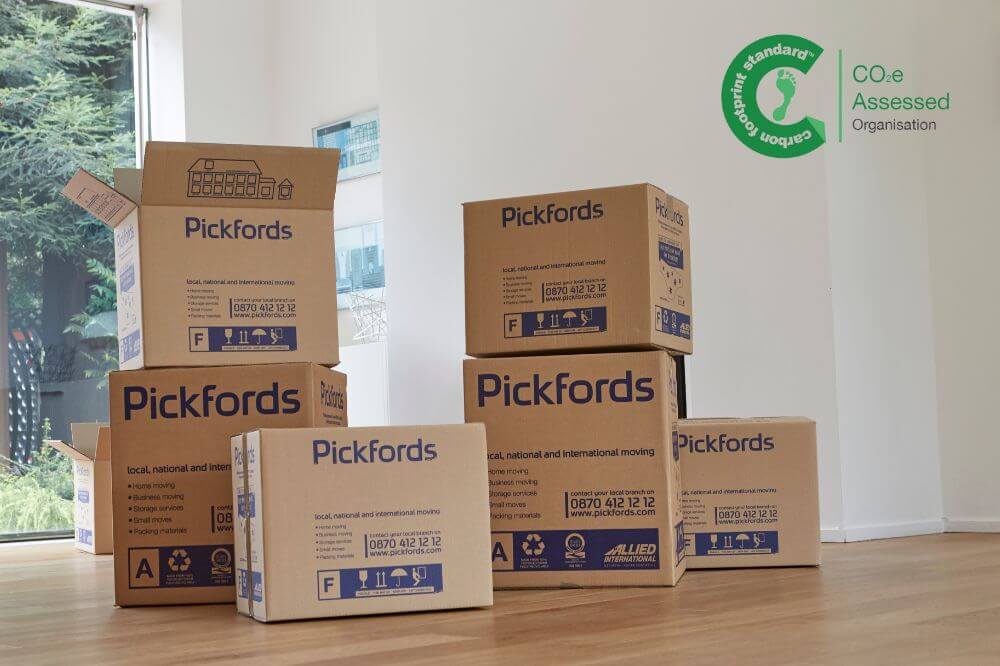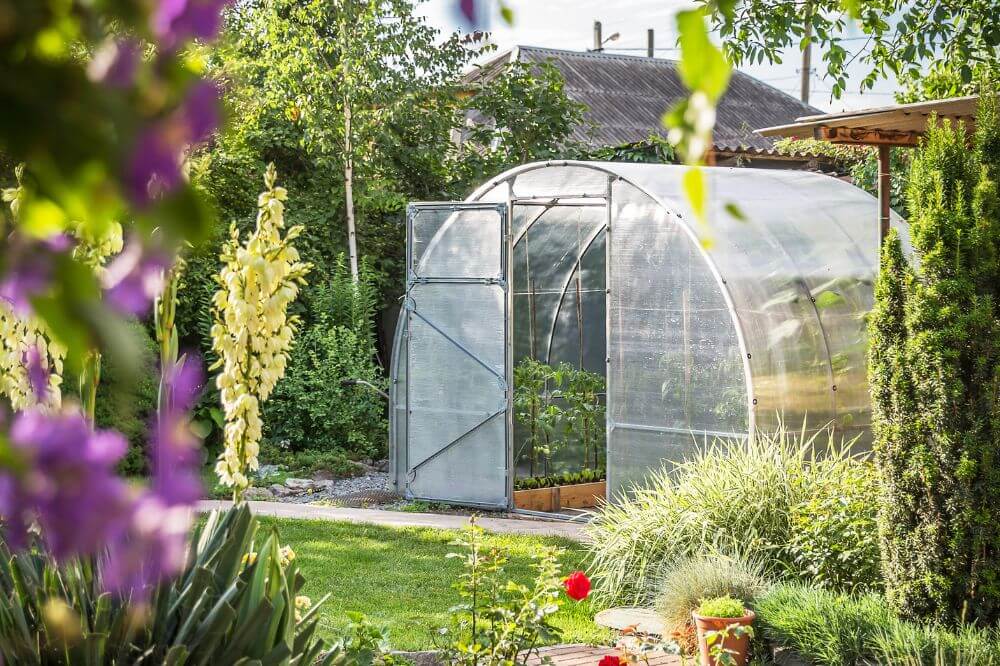Our eco-friendly moving to tips to protect wildlife
Moving to a new home often brings excitement and the promise of a fresh start. However, it can also generate a surprising amount of waste, contributing to environmental degradation and, indirectly, harming wildlife. In this article, we explore how to make your move eco-friendly. By reducing waste, recycling responsibly, donating unused items and choosing sustainable options, you can protect the planet and its incredible wildlife during your transition.
1. Declutter with wildlife in mind
Before packing, go through your belongings. Chances are, you'll find items you no longer use or need. Instead of sending them to the landfill:
- Donate gently used clothing, furniture and household items to charities. Many organisations recycle or sell donated items to fund wildlife conservation and social programs.
- Repurpose materials creatively. For instance, old sheets can become packing materials and cardboard boxes can be reused for garden composting.
Decluttering responsibly minimises landfill waste, reduces pollution and supports sustainable programs that protect wildlife habitats.

2. Choose sustainable packing materials
Traditional moving supplies like bubble wrap and plastic tape are not only wasteful but also contribute to pollution, harming the wildlife in our ecosystems. Opt for these greener alternatives:
- Reusable boxes: Choose a removal company that offers reusable moving boxes instead of single-use.
- Eco-friendly protection: Use towels, blankets, or shredded paper to cushion fragile items instead of foam or bubble wrap.
- Biodegradable tape and labels: These options are just as effective as their plastic counterparts and leave a smaller impact on the environment.
By choosing sustainable materials, you will avoid contributing to the growing problem of plastic pollution that threatens marine and land animals worldwide.

3. Recycle responsibly
Recycling during a move requires a bit of effort but pays off in reducing waste. Follow these tips:
- Sort and separate: Organise items into recyclable (paper, plastics, electronics etc) and ensure they're disposed of at appropriate recycling centres.
- Electronics recycling: Many outdated electronics contain hazardous materials that can leach into ecosystems. Take them to e-waste recycling programs.
- Recycle boxes after your move: If you must use cardboard, ensure they're flattered and sent a recycling facility instead of being discarded.
Proper recycling helps conserve natural resources and prevents toxic materials from entering the food chain, protecting wildlife and their habitats.

4. Hire a carbon-assessed removal company
When hiring a moving company, consider one that takes environmental responsibility seriously. Many companies now offer:
- Carbon-assessed services: These companies measure and offset their carbon emissions, often funding reforestation and conservation programs.
- Eco-friendly vehicles: Look for companies that use initiatives to make their removal trucks more environmentally friendly.
- Efficient routing: Choose a removal company who plan routes strategically to minimise fuel consumption and emissions.
By supporting these businesses, you contribute to reducing greenhouse gases that exacerbate climate change, a leading threat to wildlife worldwide.

5. Dispose of hazardous items properly
Cleaning out your old home might uncover paint cans, cleaning chemicals or batteries. These items should never be thrown in in the bin.
- Take them to specialised disposal facilities that handle hazardous waste safely.
- Avoid throwing chemicals down the drains, as they can end up in waterways and harm marine life.
Proper disposal ensures these toxic substances don't leach into the environment and disrupt our ecosystems.

6. Embrace a minimalist move
The less you move, the lower your environmental impact. A minimalist approach would look something like the below. Look for a removal company that offers:
- Fuel saving by reducing the number of trips needed.
- Encourages thoughtful consumption, which supports wildlife by decreasing demand for raw materials and deforestation.

7. Create a wildlife-friendly new home
Once you've moved, take steps to make your new space a haven for local wildlife:
- Plant native species in your garden to support pollinators.
- Install bird feeders and water sources to provide sanctuary for migratory and resident species.
- Avoid pesticides and other chemicals that harm beneficial insects and animals.
Building a sustainable new home doesn't just benefit wildlife; it creates a healthier environment for your family too.

Small changes, big impact
Moving presents a unique opportunity to make choices that align with your values. By reducing waste, donating, recycling responsibly and hiring eco-conscious movers, you can minimise your environmental impact and contribute to wildlife conservation. Let's remember that even the smallest steps, like using biodegradable tape or planting native flowers in your new garden can help protect the planet we share with incredible wildlife species.
Your upcoming move isn't just a fresh start for you; it's a chance to support a greener, more sustainable future for wildlife everywhere. Contact us today to find out more about our eco-conscious removals services.